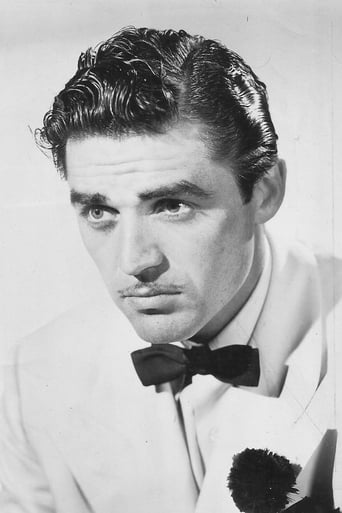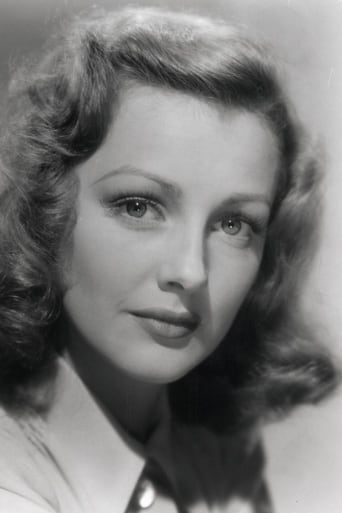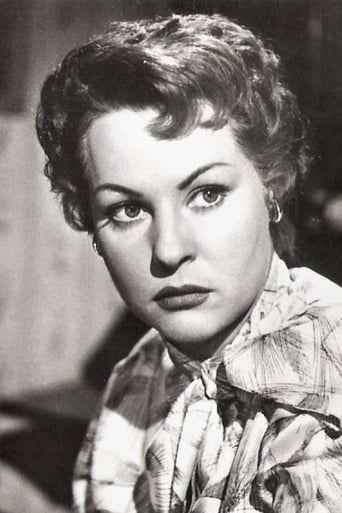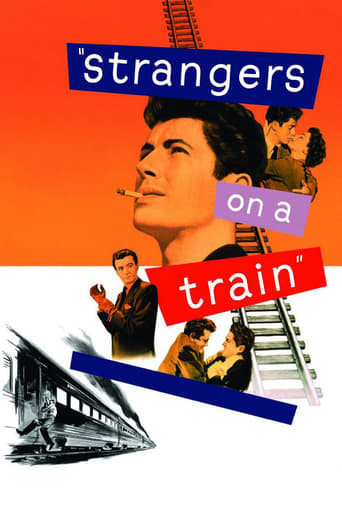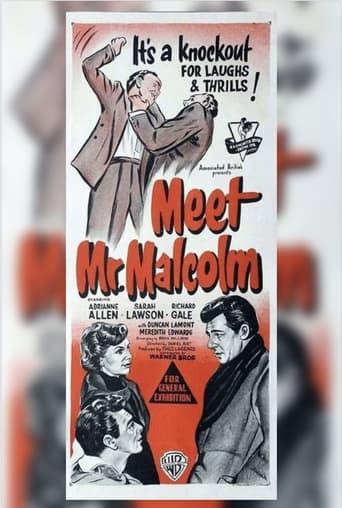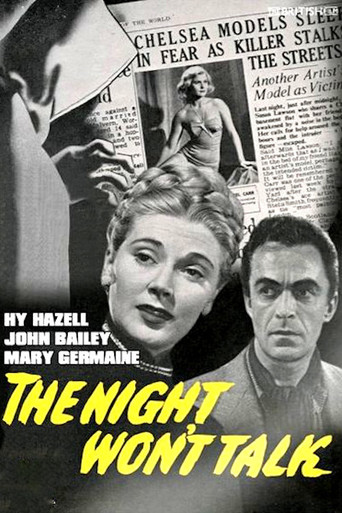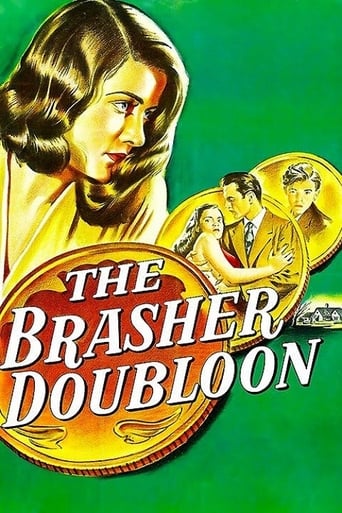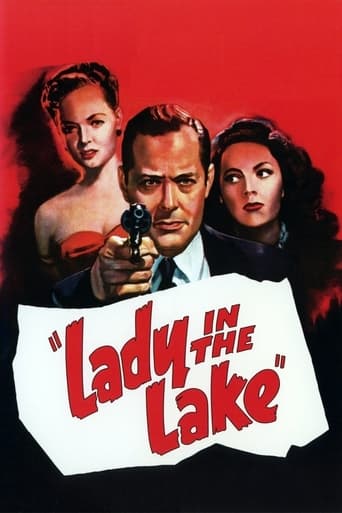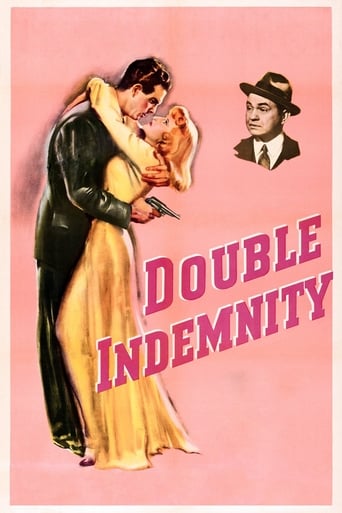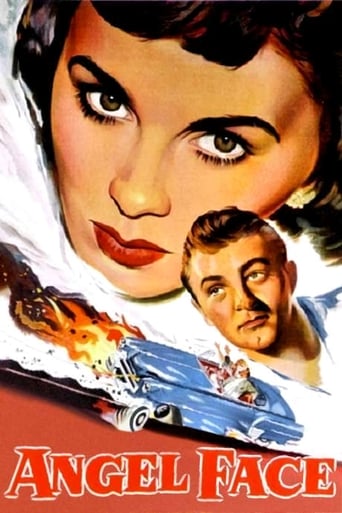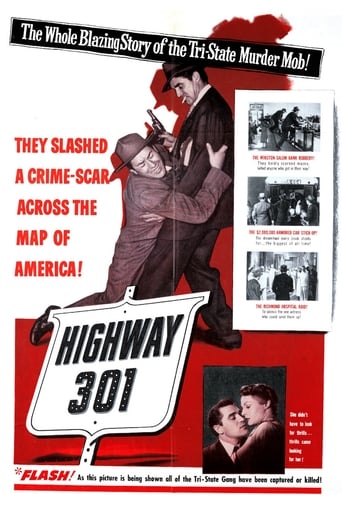
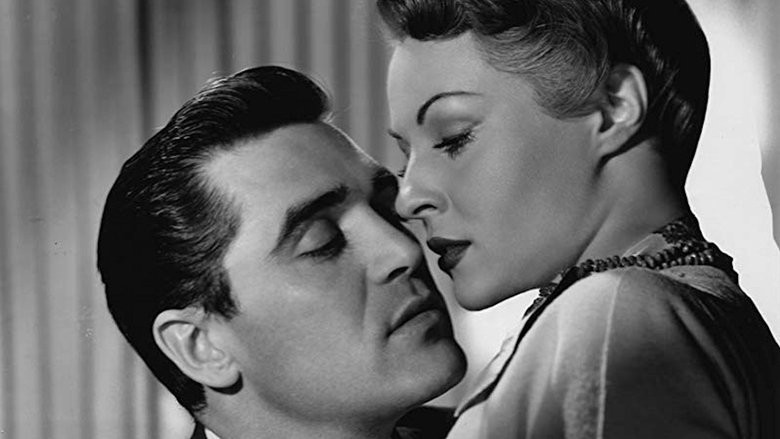
Highway 301 (1950)
The "Tri-State" gang goes on a successful bank robbing streak causing local authorities to turn up the heat on the daring career criminals.
Watch Trailer
Cast
Similar titles
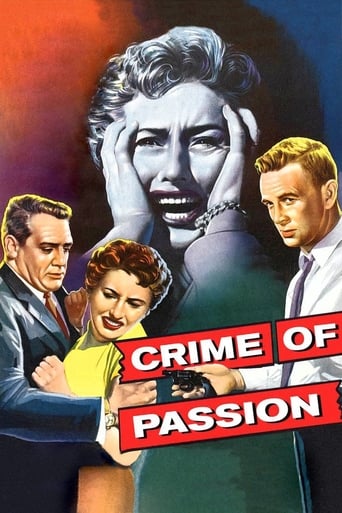
Reviews
Instead, you get a movie that's enjoyable enough, but leaves you feeling like it could have been much, much more.
A great movie, one of the best of this year. There was a bit of confusion at one point in the plot, but nothing serious.
The story, direction, characters, and writing/dialogue is akin to taking a tranquilizer shot to the neck, but everything else was so well done.
Although I seem to have had higher expectations than I thought, the movie is super entertaining.
The HD copy of Highway 301 currently available through Warner Archive is a special treat for those who appreciate noir cinematography. The picture starts off with location footage of Winston Salem, North Carolina, one of the three states in which our gang of robbers moves back and forth. (In the intro which precedes the opening bank heist, the real governors at the time of North Carolina, Maryland, and Virginia attest to the ominousness of these fact-based exploits, one of them even describing them as "criminal terrorism.") But after another heist, this one of a railway express truck where the stolen money turns out to be cut - gang leader Steve Cochran later describes it as "shredded wheat"- the last part of the film turns into more of a studio bound, moodily photographed exercise in noir style. The first such scene shows Cochran trying to escape from cops, after his partner has been shot, through the dark, wet streets. The second, especially exciting scene shows the French-Canadian wife (Gaby Andre) of one of the other crooks (Robert Webber) fleeing through a park at night,to escape Cochran who she suspects will kill her because she knows too much- she lands up getting into a cab which turns out to be driven by Cochran! The film climaxes in a tense hospital episode where another of the gang women (especially well played by the underrated Virginia Grey) pretends to be a reporter, so she can scope out the setup where Andre, shot earlier by Cochran, is hidden and the gang can finish the victim off, she almost fools the police sergeant. Carl Guthrie's lensing of these three sequences along with Andrew Stone's writing and direction make of this seemingly ordinary crime picture something memorable.
Here Come the 1950's and There Goes Film-Noir or at Least there is an "Evolution" of the Noir Sensibilities. Hollywood Now Seems to have been Pressured into Cleaning Up Their Act, or Pretending to be On Board with Pro-Post-War Conservatism.The Government, Law Enforcement and J. Edgar Hoover were Infiltrating Every Aspect of American Life (sound familiar Today), Dictating Mores and Clean Living (for the Proletariat that is but not for that Hypocrite Hoover). The HUAC Hubris is On the Horizon.So the Film Opens with Big Brother State Governors Reading Cue Cards about the Folly of Crime and it Doesn't Pay and All of That. Then Director Andrew Stone Seems to be Saying OK now that's Out of the Way, and Let's Loose with Some Gritty Up Close and Personal Violence. In Fact One Such Shooting of a Female Gang Moll is Point Blank and that is Dialoged About Afterwards and No One can Figure Out How She Survived.The Movie Clips Along at a Rapid Pace and there is Much Suspense and Action with a Finale that has a Guns Blazing Car Chase that Ends with a Speeding Train that is Quite Startling. Steve Cochran Steals the Show as the Gang Leader and gets Good Support from Everyone Else. Overall, an Above Average and Forgotten Crime Noir that is Stylish, Brutal, and Nasty. It is a LIttle Known Movie that is Highly Recommended.
The criminal exploits of a small group of gangsters working in the Maryland/Virginia/North Carolina area. The docudrama subgenre of noir tends to produce few masterpieces and a lot of mediocrities. This one is closer to mediocrity, but has a few worthwhile assets. The intro, with "crime does not pay" lectures by the governors of the three states, sets the self-righteous, judgemental tone for the film's narration and messages. The story follows a standard formula, with early successes by the gang followed by the net of the law gradually closing around them and forcing their hand. The characterizations are fun but one-note. Steve Cochran in the lead has an edgy brutality but not much else. However, the action sequences are well done, and there is one nail-biting, suspenseful scene as one of the gangster's gals tries to escape. The photography is quite nice as well, at least during the gloomy night scenes.
The heart sinks when Highway 301 opens as the governors of three states bore us blind with pompous crime-does-not-pay speeches, one after the other. (It was 1950, and before we had a good time we had to be morally reassured.) Luckily, things pick up quickly in this modest but very well done look at life on the lam. A gang of bank-and-payroll robbers is terrorizing North Carolina, Virginia and Maryland; its leader (Steve Cochran) is especially vicious, and seems to take particular delight in bumping off women who cross him. One of them (Virginia Grey) gets bumped off much too early, as her sassy mouth is one of the best things in the movie. Another is the French-Canadian girlfriend (Gaby Andre) of another gangster, who only slowly comes to realize that she's fallen in with a den a theives ("duh?"). The tensest sequence in the movie occurs when Cochran is stalking her, by night, in the streets of Richmond, Virginia. The concluding scene, in a hospital, is almost as good. Again, by no means a vital installment in the noir canon, but quite professional and engaging.
